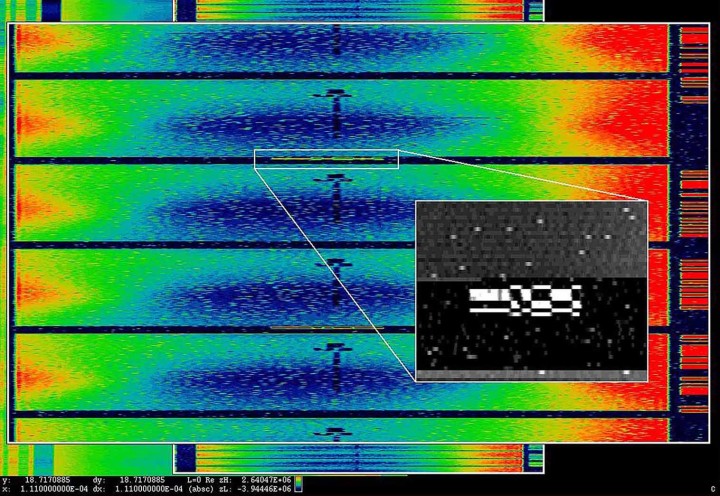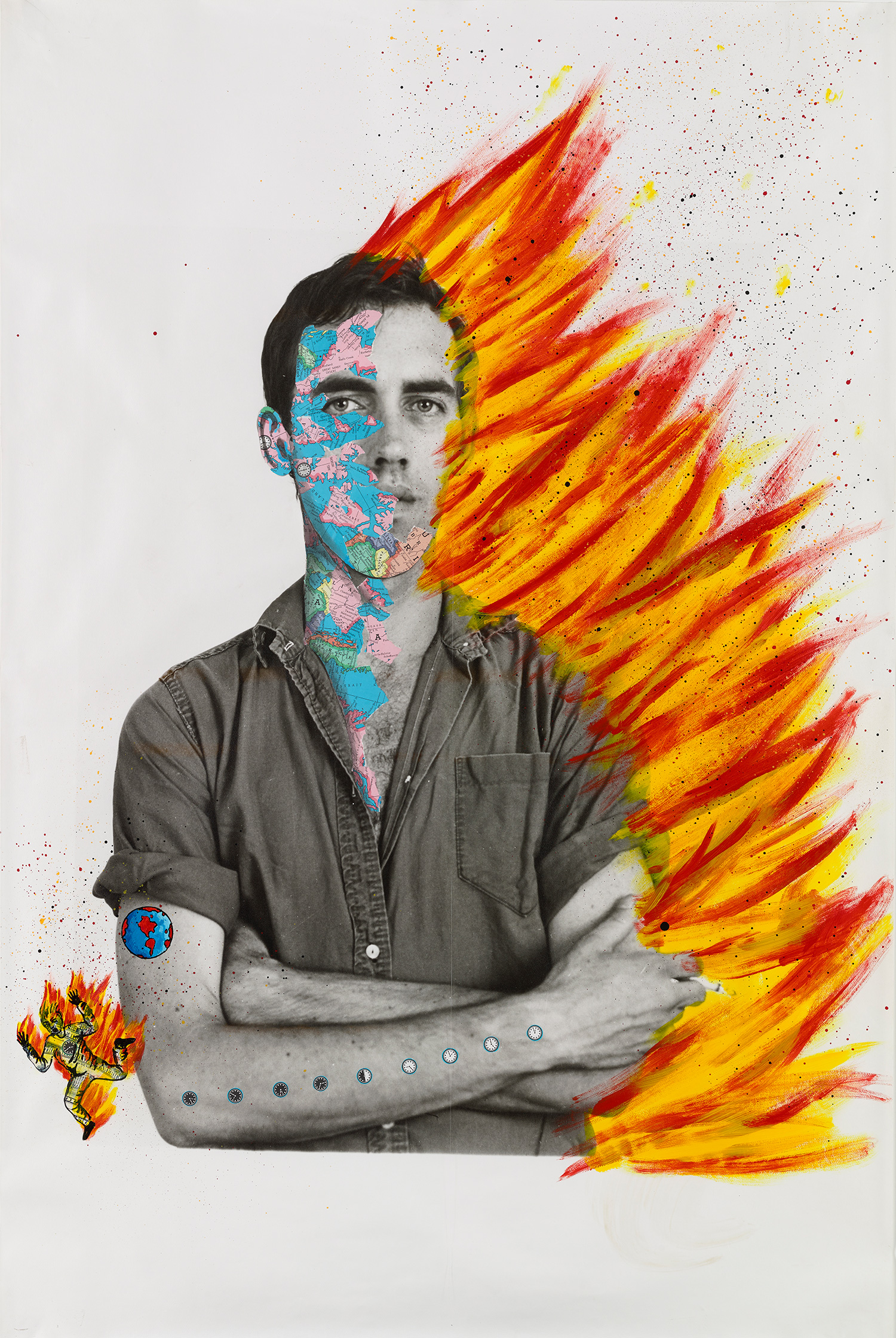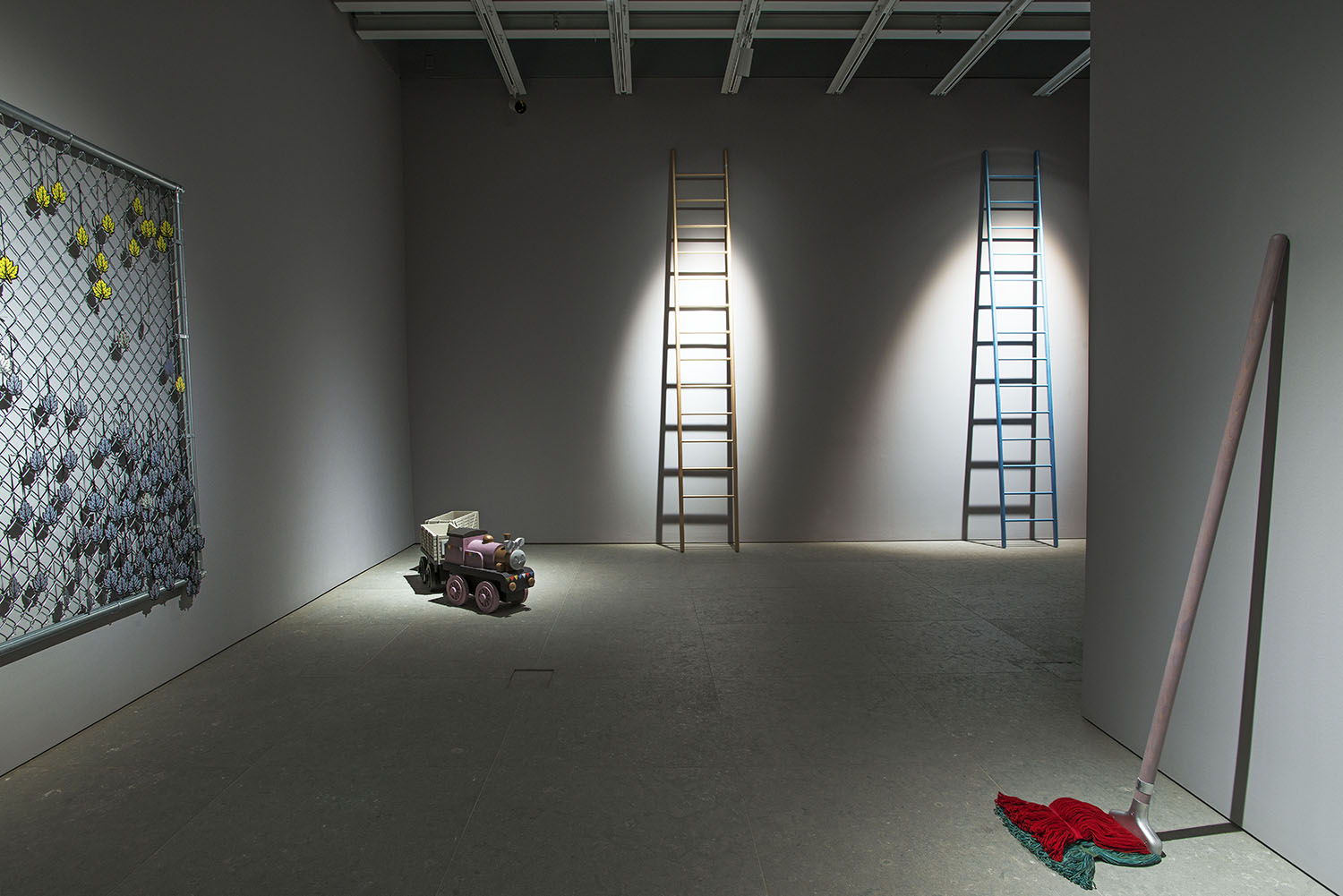Against a backdrop of escalating public-private turf wars and ever louder questioning of who owns the data associated with everything from phone conversations to one’s own genome comes Astro Noise, in which filmmaker and journalist Laura Poitras brings her exploration of the tensions between civil liberties and national security into the realm of the art museum.
Occupying a series of darkened rooms on the eighth floor of the new Whitney, her installations draw upon intercepted information — signals from satellites and drones, U.S. military footage of prisoner interrogations in Afghanistan, classified documents that include the FBI’s redacted file on Poitras herself — presented here in ways that challenge viewers to confront dilemmas of the post-9/11 world.
Bed Down Location (2016) combines ceiling-mounted video footage of the night skies over Yemen, Somalia and Pakistan as well as Nevada’s Creech Air Force Base with the layered sounds of loitering drones and their remote pilots. Into this depiction of a controversial intelligence collection and weapons platform Poitras has introduced a literal platform on which visitors may recline to experience the vulnerabilities of those living in regions where traditional political-military hard targets are few and far between. She brings the narrative closer to home in the exhibition’s final room, where a screen shows infrared imagery — heat signatures of lounging human forms — that is instantly recognizable as a closed-circuit video feed from the previous installation.
Less abstract and more menacing are the tight corridors of Disposition Matrix (2016), in which primary documents and video footage (most from information disclosed to Poitras by Edward Snowden in an encrypted file he labeled “Astro Noise”) are concealed behind slotted apertures that evoke the tiny windows of cell doors. The installation is designed to require queuing and crouching, squinting and scrutinizing. Attempts to process official and unofficial dispatches from what Poitras has described as the “deep state” are thwarted by evidence of the less-than-precise nature of intelligence collection, the complex relationship between secrecy and policy, the problems of overclassification, and the vast infrastructure required: a world mapped in network diagrams with nodes such as “giftedruse,” “firesword” and “wholeenchilada.”
At a time when systems developed largely for the Cold War are being adapted to stem diffuse and evolving transnational threats, Poitras visualizes the stress points in installations that immerse rather than illuminate, inviting the viewer to simultaneously bear witness to and join the perilous search for signals in the noise.




